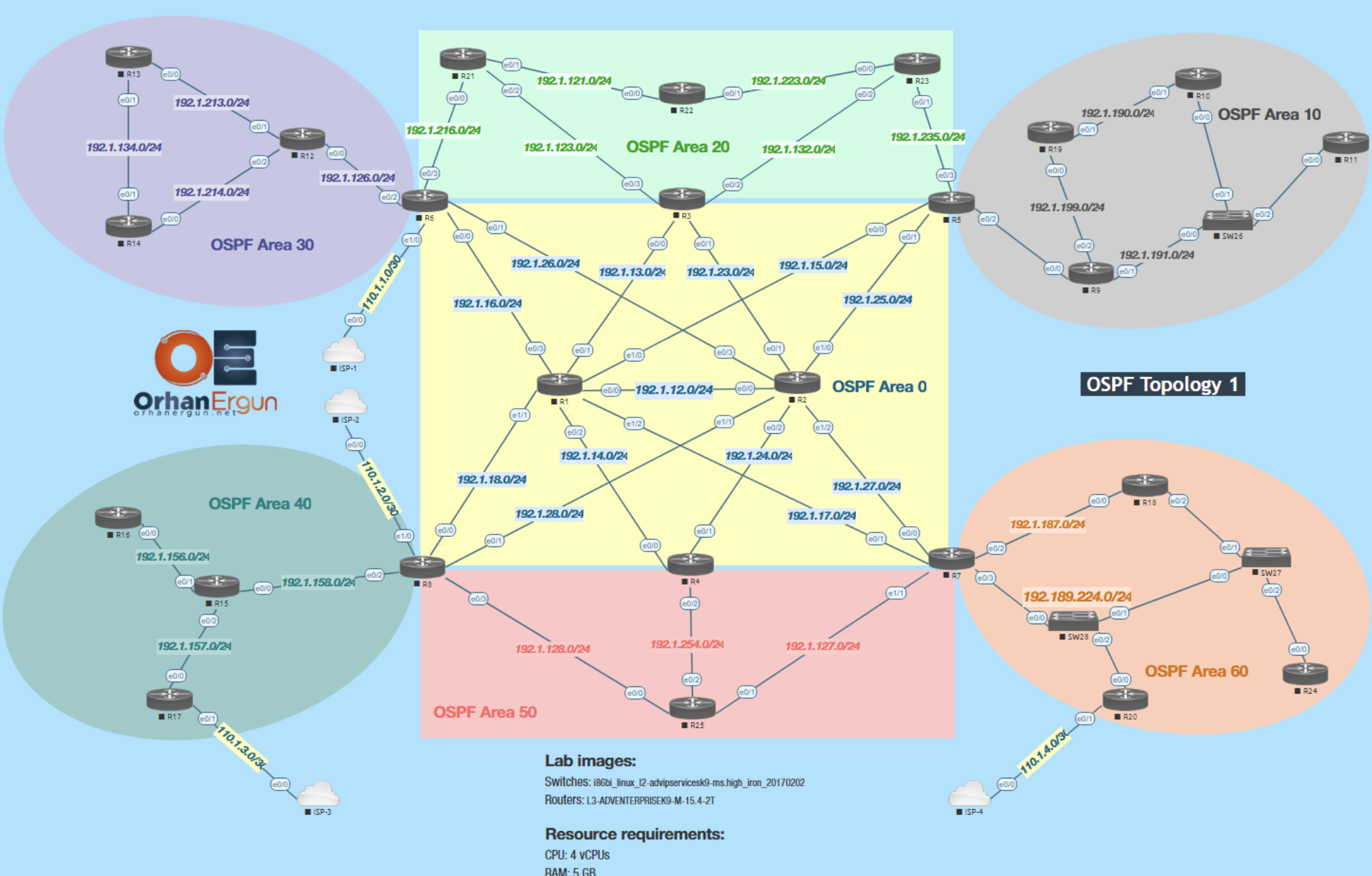OSPF Cost Calculation in IPv4 vs. IPv6: Key Differences
August 31, 2024
9 min read
JasonLake
Related Courses
Enhance your knowledge with these recommended courses

OSPF Training
Learn how to configure and troubleshoot OSPF in this course. This OSPF Course starts with OSPF Theory and the best practices.
$49
View CourseBecome an Instructor
Share your knowledge and expertise. Join our community of instructors and help others learn.
Apply Now
About the Author
JasonLake
I'm a network engineer who works for 8 years in the industry. I am trying to help people through my blogposts. Welcome to my blogs.
Share this Article
Subscribe for Exclusive Deals & Promotions
Stay informed about special discounts, limited-time offers, and promotional campaigns. Be the first to know when we launch new deals!